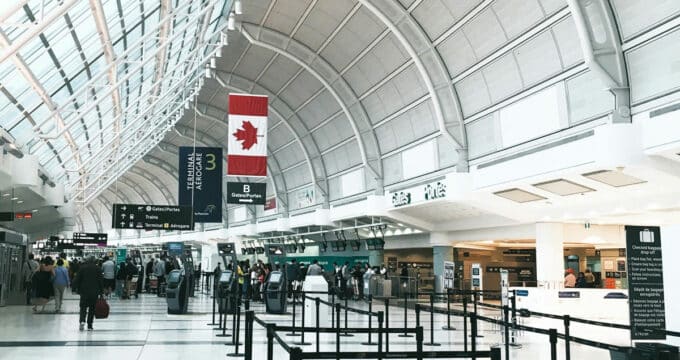Signs of growth in Nepal
Nepal is stuck in 2016. At least that’s the impression you get on reading the latest UNESCO data on outbound student mobility from this important South Asian market. UNESCO puts total outbound at roughly 45,000 students in 2016, and suggests those numbers were essentially flat in 2017 as well. That 2017 value, however, is only an estimate and there is evidence to suggest a more significant increase in the number of Nepalese students abroad that year. For example, in the US, the 2017 Open Doors data from the Institute of International Education (IIE) places Nepal as the second-largest sending market for the US in the region, and second only to India. There were 20% more Nepalese students in the US in 2017 than there were the year before and a total enrolment of nearly 12,000. In Australia, meanwhile, Nepalese enrolments grew by 60% between 2016 and 2017 alone with more than 23,000 students studying in Australian institutions that year. Australia and the US, along with India, host nearly two-thirds of all outbound students from Nepal, and these examples alone suggest that the total number of Nepalese students abroad is edging closer to 60,000. This would mean that the number of students going abroad from Nepal has roughly doubled in the last five years. “A number of factors contribute to the rising number of students who want to go abroad,” says a 2017 item in the Kathmandu Post. “Our higher education system has not yet been able to create a convincing link between educational degrees and jobs. This contributes to a bleak outlook for students who study in Nepal. The curricula of most of our universities are merely knowledge-driven rather than industry-driven, which is why many of our students obtain degrees not knowing what to do after graduation.” Simply put, higher education is increasingly in demand in Nepal, and there is now a well-established pattern of students going abroad to complete foreign degrees, pursue international work experience opportunities, and boost their career prospects after graduation. There are other strong fundamentals that are driving growth in the market as well, including a youthful population. About a quarter of Nepal’s 30 million citizens are between the ages of 15 and 24. Beyond demographics, the economy continues to recover and grow following a major 2015 earthquake. The country’s GDP grew by over 7% in 2017, and is projected to expand by another 5% this year. This, along with a significant inflow of remittance revenue from citizens overseas, is helping to drive income growth and the expansion of the middle class. For its part, the Nepalese government has set a longer-term goal of seeing Nepal placed among the world’s middle-income countries by 2030. The hope then is that students will go abroad, acquire new skills and qualifications, and then return home to help strengthen the economy and society. But the Nepalese government does not keep nor publish statistics on the number of returning students. As a result, the net impact on the local economy of study abroad is something of an open question. What seems clear, however, is that Nepal continues to exhibit strong growth and to demonstrate its potential as one of the most important emerging mobility markets in South Asia. For additional background, please see:
















